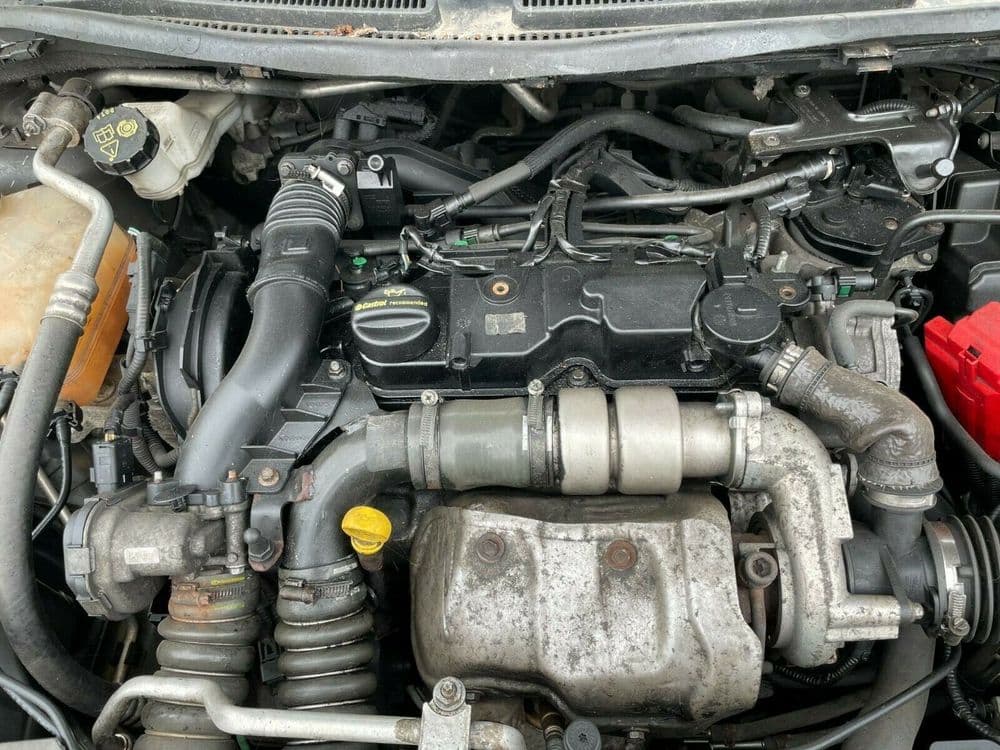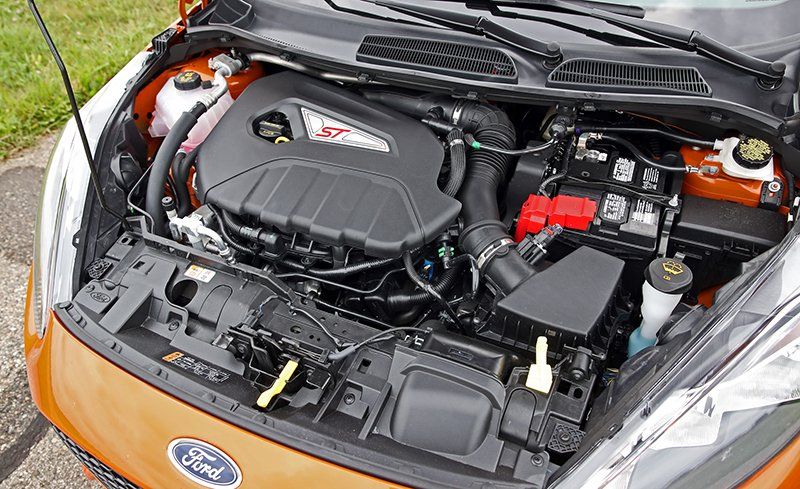Discovering the Development of Engines: From Classic Layouts to Modern Marvels
From the preliminary heavy steam engines that powered the Industrial Revolution to the development of internal burning engines that changed mobility, each stage has added to greater performance and capacity. As we check out these landmarks, one should think about how the future of engine layout might unfold, testing our perceptions of power and effectiveness.
The Birth of Engine Innovation
The development of engine modern technology marked a pivotal minute in human innovation, transforming energy conversion and transport. The earliest engines arised from the requirement to harness mechanical power for useful usage, leading to the growth of tools that converted different energy types right into movement (ford fiesta engine).
The development of the interior burning engine and the development of the heavy steam engine militarized a profound shift in industrial capabilities. These engines not just enhanced performance but likewise increased the range of human mobility, making it possible for unmatched transport possibilities. The very early prototypes laid the groundwork for the mechanized world, promoting the increase of industries and improving social structures.
As engine styles advanced, they progressed and included ingenious materials engineering principles, leading the way for contemporary developments - ford fiesta engine. The birth of engine innovation fired up a relentless search of performance and power, establishing the phase for the vibrant evolution of transportation and industrial machinery that would adhere to
Vapor Engines and Their Influence

The vapor engine's influence was especially evident in the transport sector (ford fiesta engine). Steam-powered locomotives promoted the rapid activity of products and individuals across huge ranges, successfully diminishing the geographical obstacles that had formerly impeded trade and interaction. Similarly, steamships transformed marine travel, permitting quicker and extra reputable crossings of rivers and seas.
In sector, steam engines powered factories, making it possible for mass production and the increase of metropolitan centers as centers of economic task. This shift not only modified labor characteristics yet also contributed to the development of a consumer-driven society. Additionally, heavy steam modern technology cultivated innovations in engineering and manufacturing procedures, laying the foundation for future advancements in engine style. The heritage of steam engines is profound, mirroring a zero hour in human ingenuity and the relentless search of progression.
The Surge of Internal Burning
Often overshadowing vapor power, the rise of internal combustion engines noted a transformative change in transport and industry during the late 19th and very early 20th centuries. The development of these engines, defined by their capacity to shed gas within the engine itself, allowed greater efficiency and power compared to typical heavy steam engines. Pioneering developers such as Nikolaus Otto and Rudolf Diesel played critical roles in refining engine designs, leading to extensive fostering in automobiles, boats, and industrial machinery.
The interior combustion engine's compact dimension and reasonably lightweight nature assisted in the emergence of personal automobiles, reinventing private flexibility and reshaping urban landscapes. By allowing faster travel and the efficient transportation of goods, these engines catalyzed economic growth and cultivated globalization. The flexibility of fuel options, consisting of gas and diesel, further improved their appeal, enabling varied applications throughout different industries.
In spite of the environmental worries that would later on arise, the initial allure of interior burning modern technology stocked its transformative potential. As society accepted this innovation, the structure was laid for modern-day transportation systems, establishing interior combustion engines as a cornerstone of commercial advancement and every day life throughout the 20th century.
Advancements in Engine Efficiency
As interior combustion engines became integral to transportation and industry, the emphasis shifted in the direction of improving their efficiency to satisfy growing needs for efficiency and sustainability. Developments in engine design, product science, and technology have considerably added to this evolution.
One major advancement is the development of turbocharging, which enables for enhanced air consumption, causing more full fuel combustion and improved power outcome without expanding engine size. In addition, variable shutoff timing systems have been carried out to enhance engine efficiency across various RPM ranges, consequently enhancing website here gas performance.
The use of advanced fuel injection modern technologies, such as straight injection, has also played an essential duty. This technique permits for even more accurate control over the fuel-air mix, promoting far better combustion and lowering discharges. Light-weight products, including light weight aluminum and composite components, have been embraced to lower overall engine weight, leading to enhanced performance.
These improvements reflect a broader trend within the auto industry, where the harmony in between engineering development and ecological considerations drives the recurring pursuit for higher efficiency in internal combustion engines. As these details an outcome, modern engines are currently a lot more powerful, cleaner, and reliable than ever, leading the way for an extra sustainable future in transportation.
The Change to Electric Power
With growing worries over ecological effect and fossil gas dependence, the automobile market is experiencing a considerable shift towards electric power. This shift is driven by a mix of technical innovations, regulative pressures, and changing customer choices. Electric lorries (EVs) use an engaging alternative to typical interior combustion engines, flaunting minimized greenhouse gas emissions and reduced operating expense.
The surge of battery technology has been a video game changer, with lithium-ion batteries becoming a lot more affordable and effective. Boosted power density and faster billing abilities have made EVs extra sensible for day-to-day use. Federal governments worldwide are carrying out incentives and setting ambitious targets for phasing out fossil fuel vehicles, thus accelerating the fostering of electrical power.
As charging facilities expands and battery technology proceeds to enhance, the shift to electric power is positioned to reshape the automobile landscape, promoting sustainability and advancement in the years to come. The future of transport is electrical, and the energy is obvious.
Final Thought
The evolution of engine innovation stands for a significant trajectory of technology that has profoundly affected transport and market. From the fundamental steam engines to the transformative inner combustion engines, each advancement has actually added to enhanced wheelchair and financial growth.
